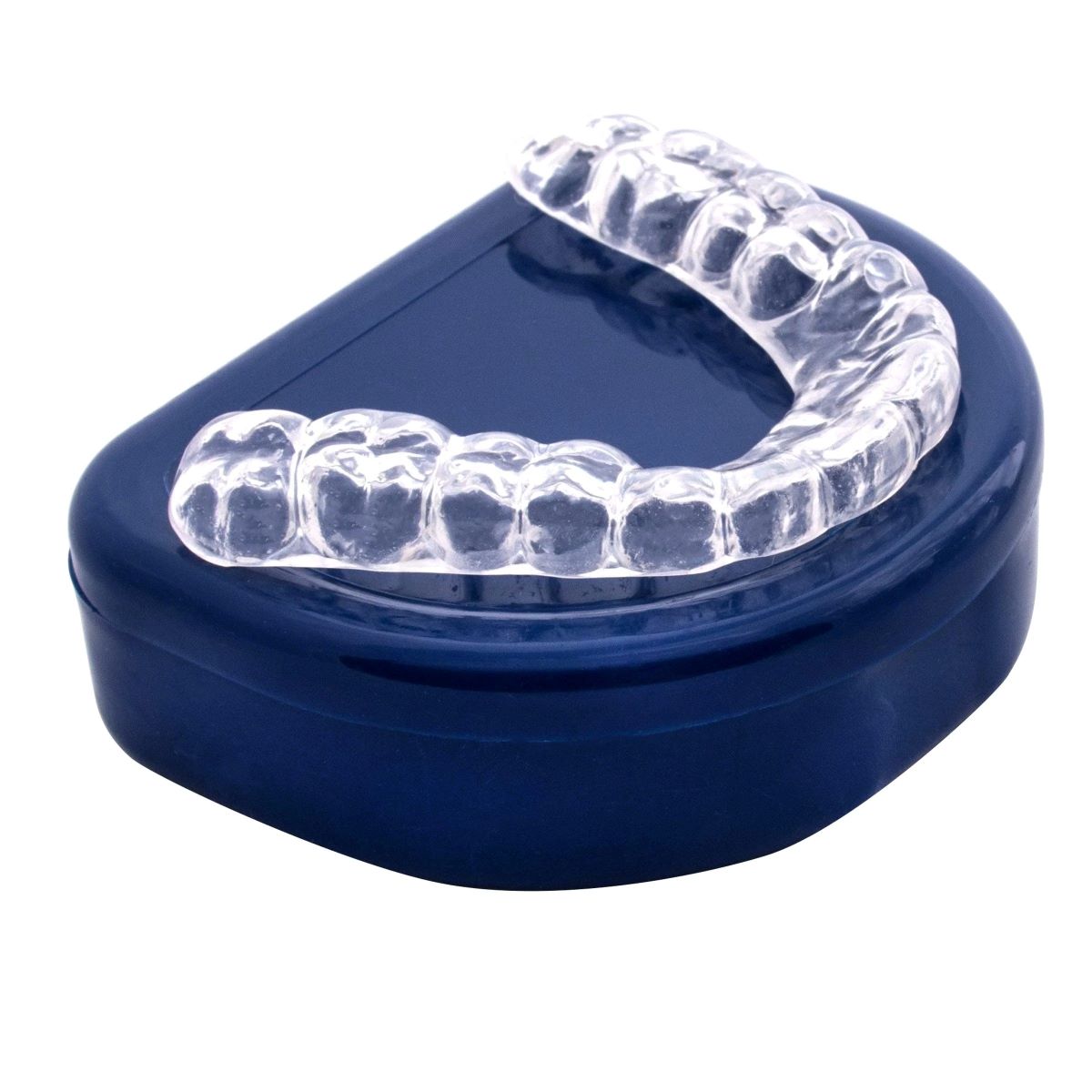

Articles
How To Store Mouth Guard
Modified: March 2, 2024
Learn the top methods for storing mouth guards in this informative article. Keep your mouth guard clean and hygienic for optimal performance.
(Many of the links in this article redirect to a specific reviewed product. Your purchase of these products through affiliate links helps to generate commission for Storables.com, at no extra cost. Learn more)
Introduction
When it comes to protecting your teeth during physical activities or while sleeping, a mouth guard is an essential accessory. Mouth guards provide a cushioning effect, reducing the risk of injury to the teeth, gums, and jaw. However, simply having a mouth guard isn’t enough. Proper storage of your mouth guard is crucial to ensure its effectiveness and longevity.
In this article, we will delve into the importance of proper mouth guard storage and share some common mistakes to avoid. We will also provide a step-by-step guide on how to store your mouth guard both at home and on-the-go. Additionally, we will provide tips on cleaning and maintaining your mouth guard to keep it in optimal condition. So, let’s dive in!
Key Takeaways:
- Proper storage, cleaning, and maintenance of your mouth guard are crucial for ensuring its effectiveness, longevity, and hygiene. By following the guidelines and tips provided in this article, you can protect your teeth, gums, and jaw while participating in physical activities or during sleep.
- Remember to store your mouth guard in a clean, dry, and well-ventilated case both at home and when you’re on-the-go. Avoid common mistakes such as leaving your mouth guard exposed, storing it in damp environments, using ill-fitting cases, and not cleaning it before storage.
Read more: How To Store Night Guard
Why Proper Storage is Important
Proper storage of your mouth guard is essential for several reasons. Firstly, it helps maintain the hygiene and cleanliness of the mouth guard. When not stored correctly, mouth guards can become breeding grounds for bacteria, fungi, and other harmful microorganisms. This can lead to oral infections, bad breath, and overall oral health issues.
Secondly, proper storage ensures the longevity of your mouth guard. Mouth guards that are tossed haphazardly or left exposed to the elements can become damaged or warped. This not only reduces their effectiveness in protecting your teeth but also necessitates frequent replacement, leading to unnecessary expenses.
Thirdly, proper storage keeps your mouth guard in a convenient and easily accessible location. By having a designated place for your mouth guard, you are less likely to misplace it or accidentally damage it. This is particularly important for those who use mouth guards during sports activities or while traveling.
Lastly, proper storage helps maintain the shape and form of the mouth guard. Mouth guards are customized to fit your teeth and jaw structure, providing optimal protection. Storing your mouth guard incorrectly can cause it to lose its shape or become misaligned, rendering it less effective in safeguarding your dental health.
Overall, proper storage of your mouth guard is crucial for hygiene, longevity, convenience, and maintaining its protective qualities. By implementing simple storage practices, you can ensure that your mouth guard remains clean, safe, and in optimal condition for a longer period of time.
Common Mistakes to Avoid
While proper storage is vital, many individuals unknowingly make mistakes that can compromise the effectiveness and lifespan of their mouth guard. By being aware of these common mistakes, you can avoid them and ensure the longevity and functionality of your mouth guard.
1. Leaving the mouth guard exposed: One of the most common mistakes is leaving the mouth guard lying around without proper protection. Exposure to dust, dirt, and bacteria can make the mouth guard unhygienic and increase the risk of oral infections.
2. Storing in a damp environment: Storing your mouth guard in a damp environment, such as a bathroom or gym bag, can promote the growth of bacteria and mold. Always ensure that the mouth guard is dry before storing it.
3. Using an ill-fitting case: Many people use generic storage cases that do not properly fit their mouth guard. This can cause the mouth guard to become misshapen or damaged. It is recommended to use a case specifically designed for your mouth guard to ensure a secure fit.
4. Not cleaning the mouth guard before storage: Failing to clean your mouth guard before storing it can lead to a buildup of bacteria and unpleasant odors. Rinse your mouth guard with water or use a mild antibacterial mouthwash to keep it clean before storing.
5. Exposing the mouth guard to high temperatures: Extreme heat or direct sunlight can cause your mouth guard to warp or lose its shape. Avoid leaving your mouth guard in a hot car or near a heat source.
6. Storing in a location accessible to pets or children: Mouth guards can be mistaken as chew toys by pets or children, leading to damage or loss. Store your mouth guard in a secure location, away from reach.
By avoiding these common mistakes, you can extend the lifespan of your mouth guard, maintain its cleanliness, and ensure its effectiveness in protecting your teeth, gums, and jaw during physical activities or while sleeping.
Step-by-Step Guide to Storing Your Mouth Guard
Properly storing your mouth guard is important to maintain its hygiene, protect it from damage, and ensure its effectiveness. Follow this step-by-step guide to store your mouth guard correctly:
Step 1: Clean your mouth guard:
Before storing your mouth guard, it’s crucial to clean it thoroughly to remove any bacteria or debris. Rinse it with cool water and gently brush it using a soft toothbrush and mild soap or toothpaste.
Step 2: Dry your mouth guard:
After cleaning, pat your mouth guard dry with a clean towel or let it air dry completely. Make sure there is no moisture left on the mouth guard before proceeding to the next step.
Step 3: Use a mouth guard case:
Invest in a proper mouth guard case that is specifically designed to store mouth guards. Avoid using generic cases that may not provide adequate protection or proper ventilation. Make sure the case is sturdy, clean, and has ventilation holes to allow airflow.
Step 4: Place your mouth guard in the case:
Gently place your cleaned and dry mouth guard into the case. Ensure that it fits properly and does not get squished or bent. Avoid placing any sharp objects or heavy items on top of the case to prevent damage to the mouth guard.
Step 5: Store in a dry and cool location:
Find a safe and dry location to store your mouth guard. Avoid storing it in direct sunlight, extreme temperatures, or damp environments, as they can promote bacterial growth or damage the mouth guard. A clean and cool area, such as a drawer or cabinet, is ideal.
Step 6: Avoid exposure to pets or children:
Keep your mouth guard out of reach of pets and children. They may mistake it for a toy or chew on it, causing damage or loss. Store it in a secure location that is inaccessible to them.
Step 7: Regularly clean and inspect your mouth guard:
Remember to clean your mouth guard before and after each use to maintain its cleanliness. Additionally, regularly inspect your mouth guard for any signs of damage or wear. If you notice any cracks, tears, or changes in shape, it may be time to replace it.
By following these simple steps, you can ensure that your mouth guard stays clean, protected, and in optimal condition, ready for use whenever you need it.
Storing Your Mouth Guard at Home
When storing your mouth guard at home, it’s important to choose a location that is convenient, clean, and safe. Here are some tips for storing your mouth guard at home:
1. Use a designated case: Invest in a mouth guard case specifically designed to store and protect your mouth guard. Look for a case that is durable, well-ventilated, and has a secure closure to prevent dust and bacteria from entering.
2. Keep it clean: Before storing your mouth guard, ensure that it is thoroughly cleaned and dried. This helps prevent the growth of bacteria and keeps your mouth guard in optimal condition. You can use a mild soap, toothpaste, or an antibacterial mouthwash to clean the mouth guard.
3. Find a cool and dry spot: Choose a location in your home that is away from direct sunlight and extreme temperatures. Avoid places near radiators, windowsills, or heating vents, as the heat can distort the shape of your mouth guard. A drawer or cabinet in a cool room is a suitable option.
4. Consider hygiene: Store your mouth guard in a clean area, away from other personal items or potential contaminants. Avoid storing it in the bathroom or near dirty socks or shoes. Keep it separate from other sports equipment or oral care products to maintain cleanliness.
5. Store it upright: When placing your mouth guard in the case, position it upright to allow proper airflow and prevent moisture buildup. This helps to keep the mouth guard dry and reduces the risk of bacterial growth.
6. Regularly check and clean the case: Clean your mouth guard case regularly to prevent the buildup of dirt, bacteria, or unpleasant odors. Wash the case with mild soap and water, and air dry it thoroughly before placing your mouth guard back inside.
By following these tips, you can ensure that your mouth guard is stored in a clean and hygienic manner, ready for use whenever you need it. Remember to inspect your mouth guard regularly for any signs of damage and replace it if necessary.
After each use, rinse the mouth guard with cold water and then store it in a ventilated case to allow it to dry completely and prevent bacterial growth. Avoid storing it in direct sunlight or extreme temperatures.
Read more: How To Get Alexa Guard
Storing Your Mouth Guard On-The-Go
When you’re on-the-go, it’s important to have a convenient and secure method for storing your mouth guard. Whether you’re heading to the gym, traveling, or participating in sports activities, here are some tips for storing your mouth guard on-the-go:
1. Use a portable case: Invest in a compact and portable mouth guard case that can easily fit in your bag or pocket. Look for a case that provides reliable protection and is easy to open and close. There are various styles available, including keychain cases or cases with belt clips, allowing you to keep your mouth guard with you at all times.
2. Clean before storage: Before placing your mouth guard in the case, make sure it is clean and dry. If you’re unable to clean it immediately, rinse it with water and clean it thoroughly as soon as possible.
3. Keep it separate: Avoid placing your mouth guard directly in your bag or pocket without a case. This can lead to contamination or damage. Keep it separate from other items, such as keys, loose change, or sharp objects, that could potentially damage your mouth guard.
4. Opt for ventilation: Choose a case with ventilation holes or slots to allow airflow. This helps prevent the growth of bacteria and keeps your mouth guard fresh and odor-free, even when stored for extended periods.
5. Carry a spare: If you’re participating in sports activities or traveling for an extended period, consider carrying a spare mouth guard. This ensures that you always have a clean and properly stored mouth guard available, even if you misplace or damage your primary one.
6. Secure storage: Make sure your mouth guard case is securely closed to prevent it from accidentally opening and exposing your mouth guard to dirt or contaminants. Double-check that the case is securely fastened before placing it in your bag or pocket.
7. Clean after use: Once you’ve finished using your mouth guard, rinse it with water or use a mouthwash if immediate cleaning is not possible. Allow it to dry completely before storing it back in the case.
By following these tips, you can ensure that your mouth guard remains safe, clean, and protected while you’re on-the-go. This way, you can focus on your activities without worrying about the hygiene or preservation of your mouth guard.
Cleaning and Maintenance Tips
Proper cleaning and maintenance of your mouth guard are essential to ensure its longevity, effectiveness, and overall hygiene. Here are some tips to keep your mouth guard clean and well-maintained:
1. Clean after each use: After removing your mouth guard, rinse it with cool water to remove any saliva or debris. Use a soft toothbrush or a separate brush specifically designated for cleaning the mouth guard. Gently brush the surface of the mouth guard with mild soap or toothpaste to remove any remaining bacteria or plaque.
2. Avoid hot water and harsh chemicals: Never use hot water, as it can distort the shape of your mouth guard. Avoid using abrasive cleaners, harsh chemicals, or alcohol-based solutions, as they can damage the mouth guard material. Stick to mild soaps or toothpaste for cleaning.
3. Soak in mouthwash: To further disinfect your mouth guard, you can occasionally soak it in an antibacterial mouthwash. Follow the instructions on the mouthwash label and soak the mouth guard for the recommended duration. Rinse it thoroughly with water before using or storing.
4. Regularly inspect for damages: Check your mouth guard for any signs of wear, tear, cracks, or deformities. If you notice any damage, it is advisable to replace it to ensure optimal protection. Regularly inspecting your mouth guard helps maintain its protective qualities and prevents potential oral health issues.
5. Avoid chewing on your mouth guard: Chewing on your mouth guard can lead to premature damage or breakdown. Avoid this habit to prolong the lifespan of your mouth guard.
6. Store in a clean and ventilated case: After cleaning and drying your mouth guard, store it in a properly ventilated case. This helps prevent the growth of bacteria and keeps the mouth guard clean and odor-free.
7. Regularly clean the storage case: Clean your mouth guard case regularly to prevent the buildup of dirt or bacteria. Use mild soap and water to wash the case, and allow it to dry thoroughly before placing your mouth guard back inside. This helps maintain the overall hygiene of your mouth guard.
8. Replace when necessary: Over time, mouth guards may become less effective or start to deteriorate. Follow the manufacturer’s guidelines for the lifespan of your specific mouth guard, and replace it accordingly to ensure optimal protection.
By following these cleaning and maintenance tips, you can keep your mouth guard clean, hygienic, and in excellent condition, providing you with the protection you need for your dental health.
Frequently Asked Questions
1. How often should I clean my mouth guard?
It is recommended to clean your mouth guard before and after each use. Regular cleaning helps remove bacteria and ensures that your mouth guard remains clean and hygienic.
2. Can I use toothpaste to clean my mouth guard?
Yes, you can use a small amount of toothpaste and a soft toothbrush to clean your mouth guard. This helps remove debris and keeps it fresh. Rinse it thoroughly with water after cleaning.
3. How can I prevent my mouth guard from developing an odor?
To prevent your mouth guard from developing an odor, make sure to clean and dry it thoroughly after use. Additionally, storing it in a well-ventilated case helps air it out and prevent bacterial growth.
4. How long does a mouth guard typically last?
The lifespan of a mouth guard varies depending on the material, frequency of use, and maintenance. On average, mouth guards can last between 6 months to a few years. However, it is advisable to regularly inspect your mouth guard for signs of wear and tear and replace it if necessary.
5. Can I use hot water to clean my mouth guard?
No, it is not recommended to use hot water to clean your mouth guard. Hot water can warp the shape of the mouth guard and compromise its fit and effectiveness. Stick to using cool or lukewarm water for cleaning.
6. Can I share my mouth guard with someone else?
No, it is not recommended to share your mouth guard with someone else. Mouth guards are personal protective devices and can harbor bacteria and germs. Sharing a mouth guard increases the risk of transmitting oral infections.
7. Can I wear my mouth guard while eating or drinking?
No, it is not advisable to wear your mouth guard while eating or drinking. Food particles and beverages can get trapped between the mouth guard and your teeth, increasing the risk of bacterial growth and compromising its hygiene.
8. How do I know if my mouth guard needs to be replaced?
If you notice any signs of wear, tear, cracks, or changes in shape or fit, it may be time to replace your mouth guard. Additionally, if it becomes uncomfortable to wear, it is recommended to replace it for optimal protection.
Conclusion
Proper storage, cleaning, and maintenance of your mouth guard are crucial for ensuring its effectiveness, longevity, and hygiene. By following the guidelines and tips provided in this article, you can protect your teeth, gums, and jaw while participating in physical activities or during sleep.
Remember to store your mouth guard in a clean, dry, and well-ventilated case both at home and when you’re on-the-go. Avoid common mistakes such as leaving your mouth guard exposed, storing it in damp environments, using ill-fitting cases, and not cleaning it before storage. These practices help to prevent bacterial growth, damage, and maintain the shape and form of your mouth guard.
Additionally, regular cleaning and maintenance of your mouth guard are essential for its overall hygiene and preservation. Clean your mouth guard before and after each use, inspect it for damages, and replace it when necessary. By incorporating these cleaning and maintenance habits, you can prevent bacterial buildup, unpleasant odors, and ensure optimal protection.
Lastly, remember to prioritize your oral health and follow the recommendations provided by your dentist or orthodontist. They can provide personalized advice tailored to your specific needs and help you choose the most suitable mouth guard for your activities.
By taking proper care of your mouth guard, you can enjoy the benefits of this essential dental accessory and maintain your oral health for years to come. So, store it right, clean it regularly, and keep smiling with confidence!
Frequently Asked Questions about How To Store Mouth Guard
Was this page helpful?
At Storables.com, we guarantee accurate and reliable information. Our content, validated by Expert Board Contributors, is crafted following stringent Editorial Policies. We're committed to providing you with well-researched, expert-backed insights for all your informational needs.

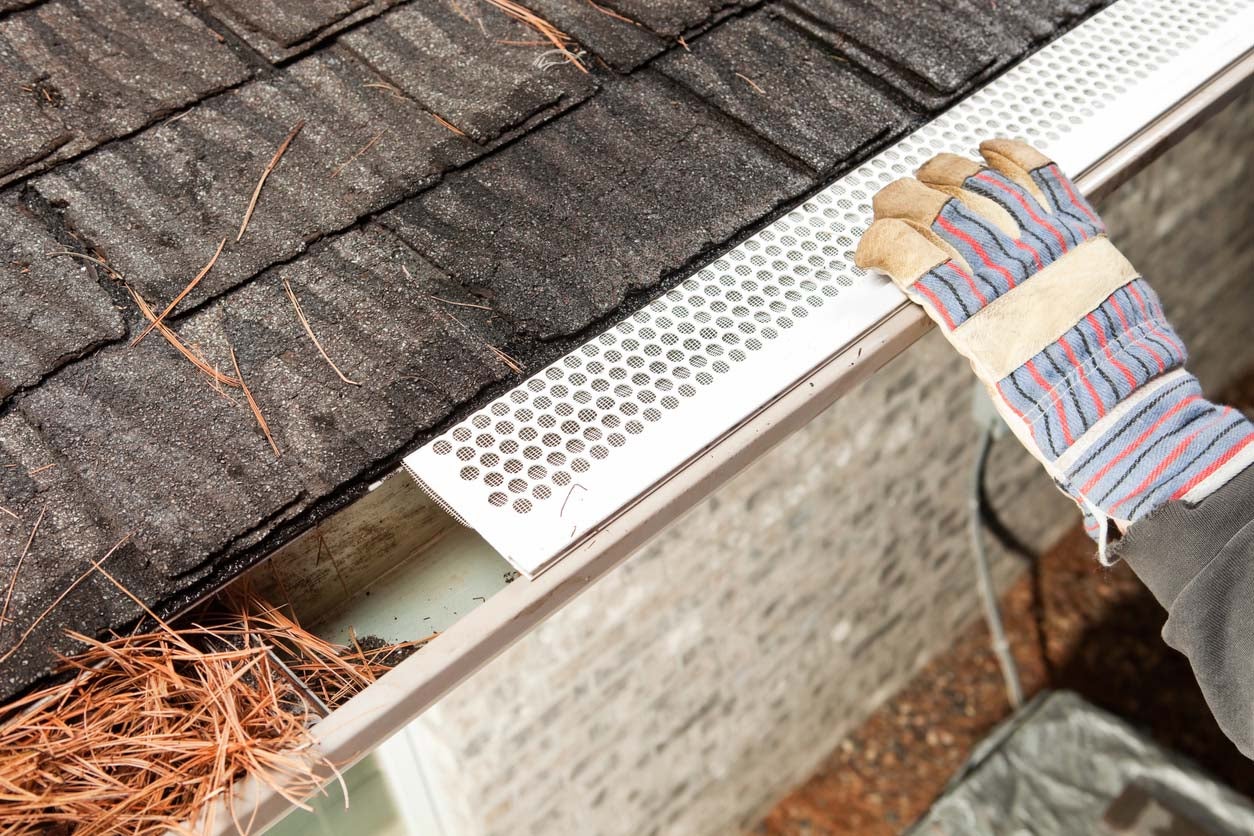
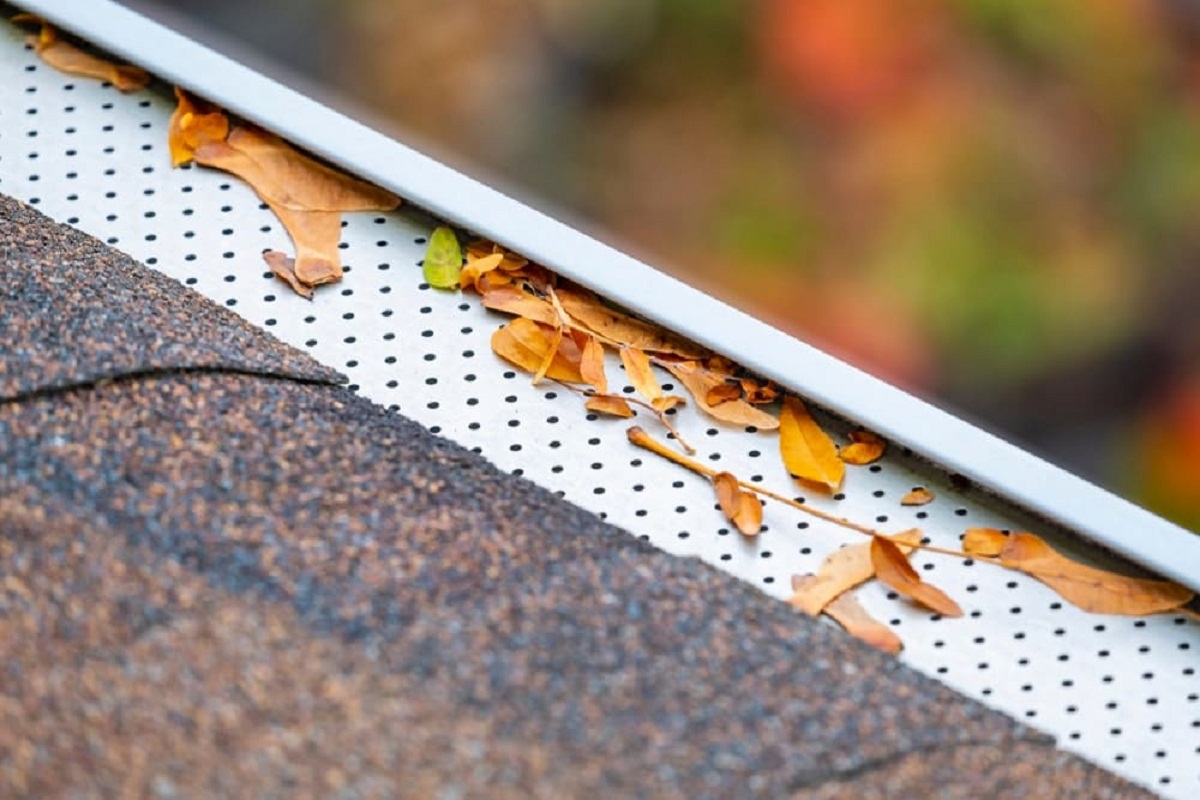
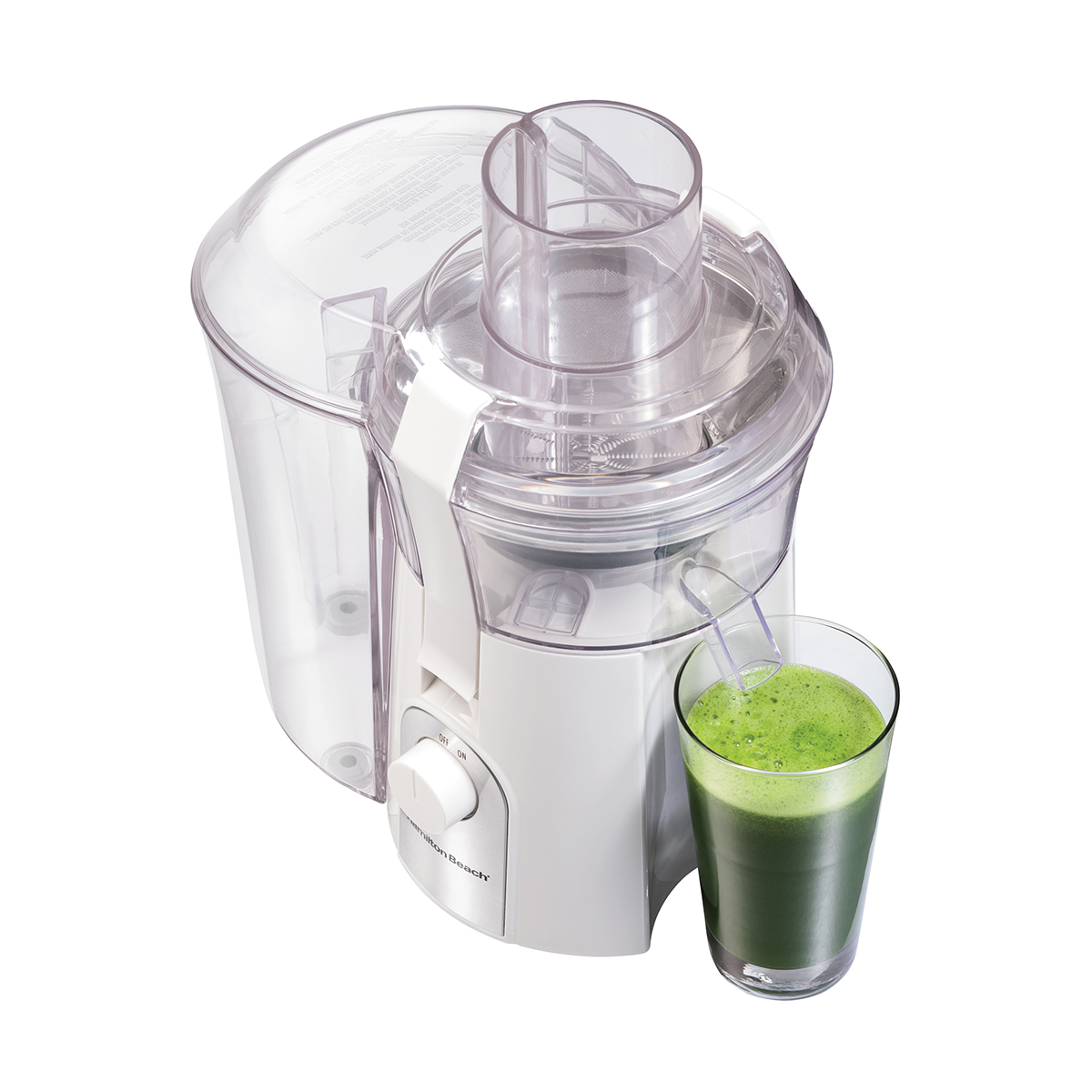



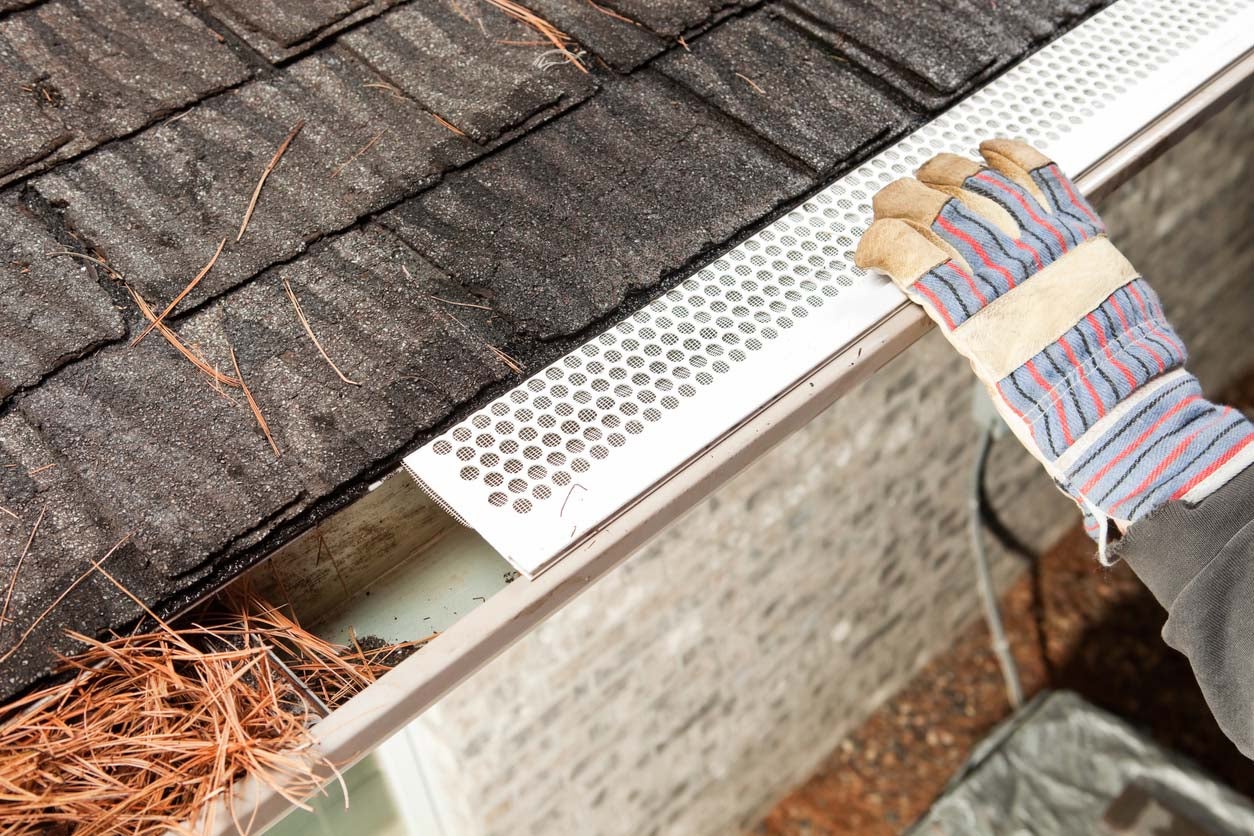





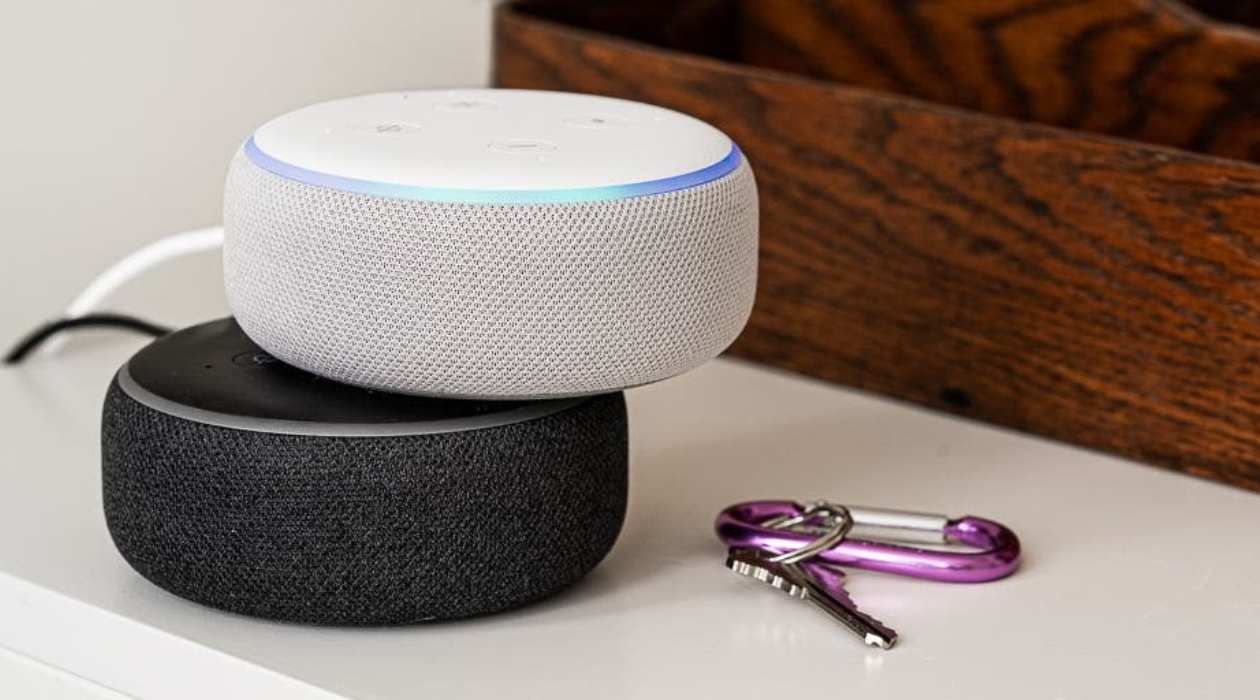

0 thoughts on “How To Store Mouth Guard”